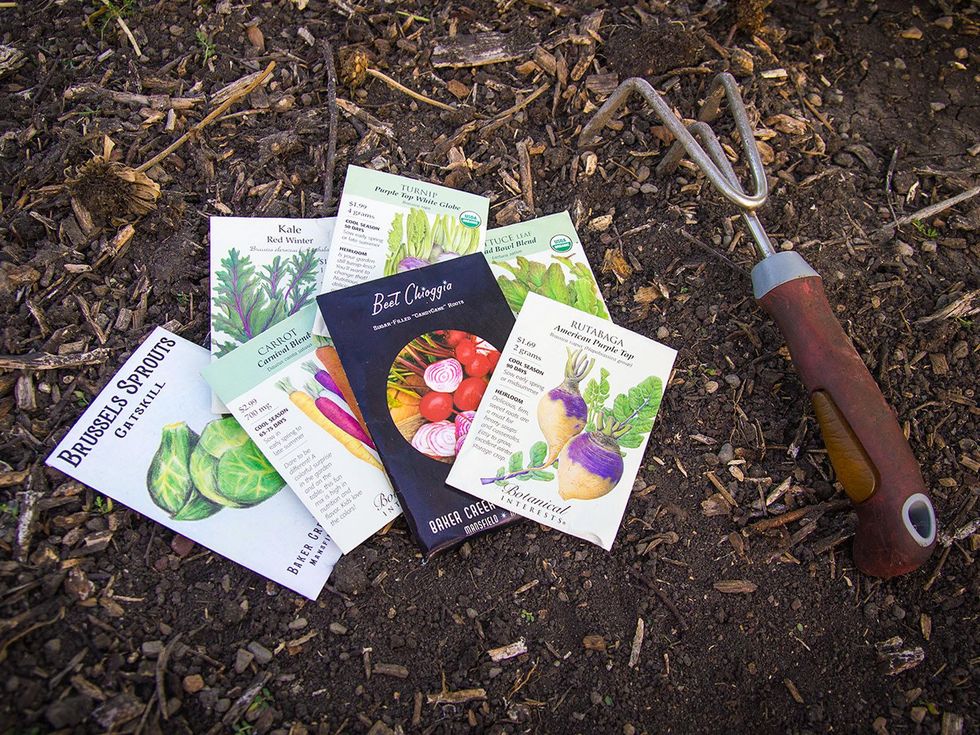The Farmer Diaries
Texas farmer debunks idea of a fall garden
With summer winding down, the gardening talk often turns to the idea of a fall garden. To me, the idea of a fall garden is misleading and has confused me since childhood. I can remember getting it in my head to plant pumpkins; nothing seems more associated with an autumn harvest. But pumpkins actually need a long time to grow and must be planted at the beginning of summer in order to be ready by Halloween.
If you want to enjoy tomatoes in the fall, they need to be planted by the Fourth of July. It's no different for kale and Swiss chard. In order to get them ready for harvest this winter, I'll begin their seeds in starter trays at the peak of summer. So, really what is this fall garden idea?
The rest of the country may have four seasons with a real winter, but Texas has two, and that's why we can grow food year-round.
The reality is that anything can grow anywhere, at any time of the year, if it has the right conditions of nutrients, air, light and heat. Air is a given. Nutrients are supplied through a well-maintained soil. It's almost always sunny here. That leaves heat as the only condition that dictates when we can plant a crop.
That said, there are boundaries. Crops generally fall into two categories: hot season crops and cool season crops, and that correlates perfectly with Texas' two seasons. The rest of the country may have four seasons with a real winter, but Texas has two, and that's why we can grow food year-round.
Hot season crops include cantaloupe, tomatoes, watermelon, peppers, okra, squash and everything else that can bear the summer heat. Melons actually require summer heat to turn sweet. Cool season crops are mostly lettuce and other greens that wilt or become too bitter in the heat, along with broccoli and a few root crops.
As the August heat comes to an end, I'll prepare my raised bed garden for a few cool season crops:
- Root vegetables such as beets, carrots, radishes and rutabagas; I sow carrots almost year-round.
- Cabbage and sturdy greens such as kale, collards, turnip and mustard greens.
- Lighter greens including spinach, Swiss chard and cilantro, all of which are relatively easy to grow; I've seen cilantro survive a rare arctic blast that has knocked out everything else.
I had success with lettuce last year for the first time. I've never had luck with broccoli or cauliflower, but I'll try again.
I'll start start sowing at the beginning of September. I'll double back with carrots and beets and sow more seeds every few weeks, all the way through November, because once these are harvested, they produce no more. One big benefit to gardening during the cool season is that most pests and weeds have become dormant. Cool season crops are about as trouble-free as gardening gets.


